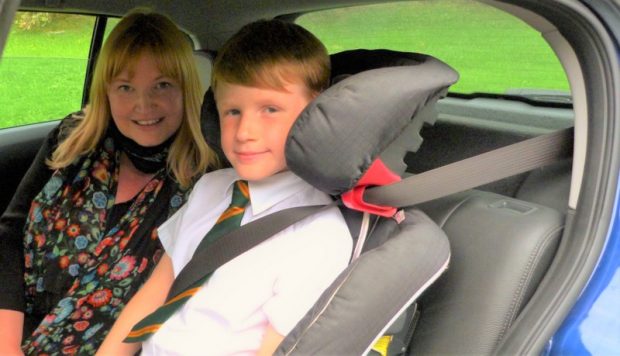Concerns have been raised that uncertainty about new car booster seat laws is leading to confusion among parents.
Children under 12 or who weigh less than 15kg or are under 135cms tall must currently use a seat with a back. Those weighing over 15kg, however, can sit in a backless booster seat. Under proposed new rules the limits are set to be extended to 22kg or 135cms.
But it is understood that the change will only apply to newly manufactured seats and parents who already own backless booster seats will be allowed to continue using them, regardless of their child’s size.
There is further ambiguity about exactly when the changes will be introduced, which will be some time in the New Year.
Research carried out for Confused.com found that 66 per cent of parents don’t know the current booster seat laws and 56 per cent are unaware of the proposed changes, while just 13 per cent know the correct details.
Worryingly, 17 per cent of parents never or rarely use a booster seat for their children, despite them being required by law.
Amanda Stretton, motoring editor at Confused.com, said: “Given parents’ confusion about the current car seat regulations, the new rules about backless booster seats will make it even trickier for parents to understand how to keep their children safe.
“The fact that backless car seats will still be acceptable to use if they were bought before the law change sends mixed safety messages.”
Earlier this year Macks Solicitors Litigation Executive Winnie Cleasby told how she dumped her son Joseph’s booster seat after seeing him flopping to the side when he fell asleep in the back of the car.
Joseph now uses a Britax high-backed seat she bought from independent Middlesbrough retailer Garry Watts, who refuses to sell booster seats because he considers them to be unsafe.

“My advice to parents or anyone who transports children is always used a high-backed seat,” said Winnie.
“It’s the safest way to protect your child should you be involved in a road accident. Always check that your child is strapped in securely by making sure the seat-belt is worn correctly.”
The Royal Society for the Prevention of Accidents’ four-point seatbelt safety guide…
- The belt should be worn as tightly as possible, with no slack.
- The lap belt should go over the pelvic region, not the stomach.
- The diagonal strap should rest over the shoulder, not the neck.
- Nothing should obstruct the smooth movement of the belt by trapping it.
